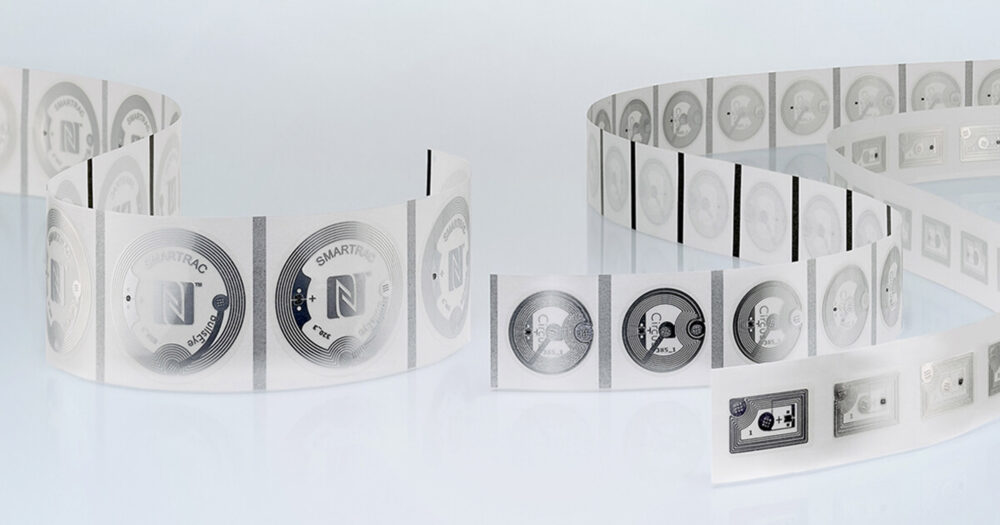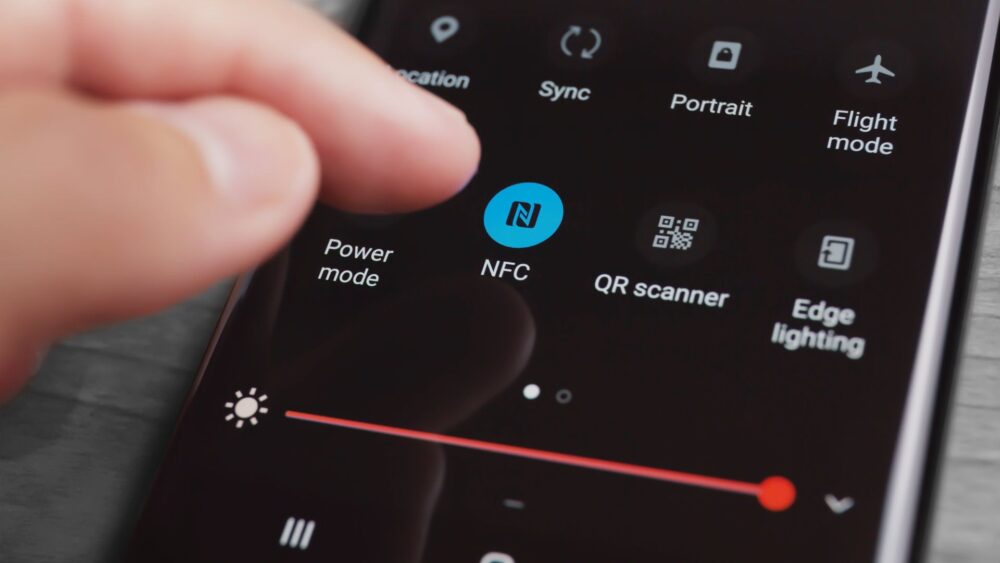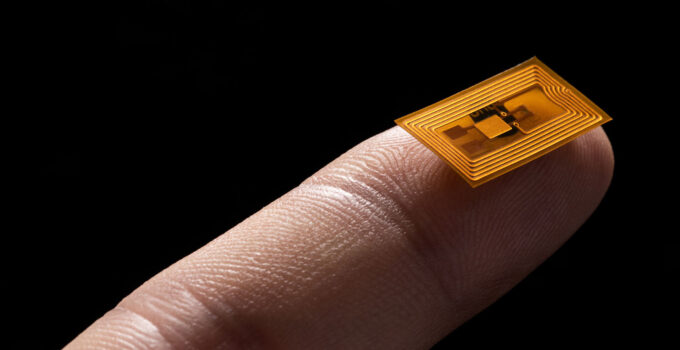Welcome to our 2024 guide on NFC tags and their uses. In the last few years, NFC tags have evolved from a relatively unknown technology to a widely used tool for communication, commerce, and entertainment.
Nowadays, NFC tags are being used for all sorts of tasks, from data transfer and secure transactions to content sharing and access control. At this comprehensive guide you will find out more about what these tiny chips can do for you!
Benefits of Using NFC Tags

Source: bluebite.com
Near Field Communication tags are small electronic devices, typically small stickers that contain information which can be read by NFC readers.
They are being used in an ever-increasing number of different scenarios and can offer a huge range of benefits to companies, organizations, and individuals alike.
NFC tags use a number of advantages over more traditional RFID technologies – they require no powering source, have very high security levels, have a much smaller read range than RFID tags and are generally lower cost as explained by experts from rfidfuture. The following are some of the most popular benefits users experience when using NFC tags in their products and services:
- Automation: These tags programmed to recognize patterns or specific actions can easily trigger automatic responses from connected systems or other elements in your environment. Users can set up various items for automation quickly and easily without having to manually input details each time.
- Security: As mentioned above, they provide one of the highest levels of security through its limited range capabilities as well as its ability to use encrypted data only readable by special readers. In addition, its fast read/write speeds make it an ideal option for secure authentication applications such as door access control or payment authorization systems.
- Connectivity & Convenience: By integrating NFC technology into products or services users can streamline processes such as payments where customers merely need to bring their device close to an NFC reader in order to complete the transaction quickly and securely – making life more convenient while still boosting security at the same time.
- Cost Effectiveness : Because NFC technology uses low power requirements and is significantly smaller than other technologies available it has far lower production costs allowing users to benefit from the solutions without spending too much on developing them from scratch with other costly technologies like Wi-Fi or Bluetooth connectivity options etc..
Overall there is no doubting that using NFC Tags provides many advantages for businesses across different applications ranging from retail & hospitality sectors through to automating processes within homes & office spaces too!
NFC Tag Applications

Source: nfc-tag-shop.de
Near Field Communication, often simply referred to as NFC, is a secure method of wireless communication between two devices. This technology is used for a range of applications and products, from contactless payments to smart door locks and NFC tags.
The addition of NFC to many day-to-day items enables customers to quickly access or exchange information securely and easily.
They are small pieces of hardware that look like stickers and are usually preprogrammed with instructions that carry out a specific set of tasks when they come into proximity with an NFC enabled device like a smartphone or tablet.
The embedded data on the tag can communicate with other devices, open an app directly, direct users to websites, display contact information and settings and even update settings through cloud synchronization with remote servers. This makes NFC tags an ideal way of making everyday items easier to interact with in both consumer and business environments.
They are used for a variety of applications across different industries such as manufacturing, healthcare, retail and hospitality. Common uses include access control management for admittance into secure areas; customer loyalty programs; product interaction; asset tracking; digital content such as brochures or catalogs; paperless business transactions such as setting up online payments or payment systems; linking employees’ schedules to their phones or computers; mass marketing campaigns (customers tapping their phones against store POS displays); digital public services such as ticketing or surveys etc.
These tags can be programmed in different ways depending on an organization’s requirements. For example, an airline using NFC will display relevant flight information on passengers’ phones simply by scanning a plane ticket printed with the tag attached.
Retail stores might also use tags for coupon redemption to provide shoppers with discounts during their shopping trips without having them scan barcodes manually each time they purchase something. So start taking advantage of this convenient technology in 2024 – get your home automated, print out your tickets without waiting at the gate – anything is possible!
NFC Tag Security

Source: tapsmart.com
They are quickly becoming more popular as a secure way to store data, especially in payment applications. The technology itself is based on data encryption, which makes it incredibly difficult for anyone to access the information stored on tags unless they have the correct credentials.
They come equipped with embedded Secure Element (SE) chips that can host application-specific data and even store private keys for authentication purposes. These features make NFC tags a secure choice for storing sensitive data or allowing secure transactions.
NFC tag security goes beyond just providing basic encryption protections; it also offers a variety of additional benefits to users. Because of their small size and low power consumption, NFC tags can be placed virtually anywhere—from retail stores to door locks—and still be accessible when needed.
They’re also very simple to program, requiring only a few simple steps or taps with an NFC-enabled device like a smartphone or tablet. Finally, because they don’t require any batteries or physical connections, they don’t have any long-term maintenance costs associated with them; once programmed, an RFID tag can last indefinitely without having its information updated or changed.
Conclusion
In conclusion, the uses and implementations of NFC tags in the near future (2024) will be numerous and varied, enabling control, automation and convenience to all fields of life from retail shopping, public transportation to industrial processes.
The huge range of applications for NFC tags have already propelled them as one of the most convenient yet secure payment solutions in the world. With its ability to establish reliable connections with multiple devices at a time, NFC technology is sure that it will remain relevant for many years to come.




